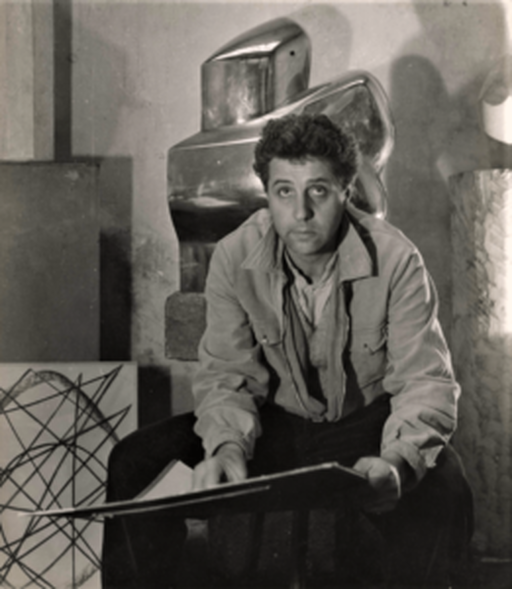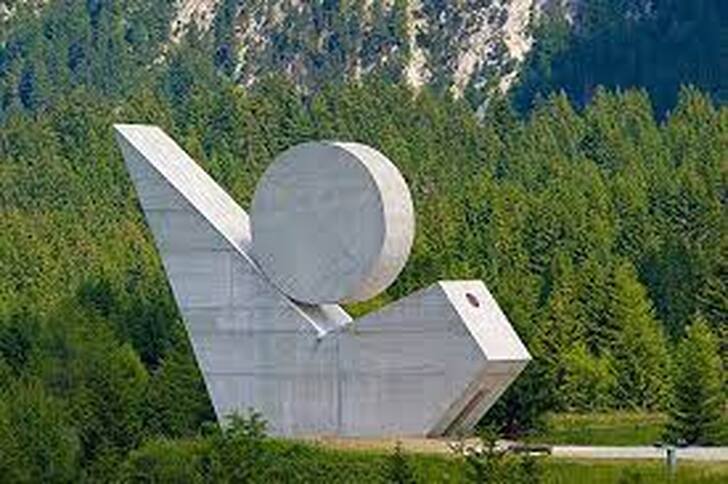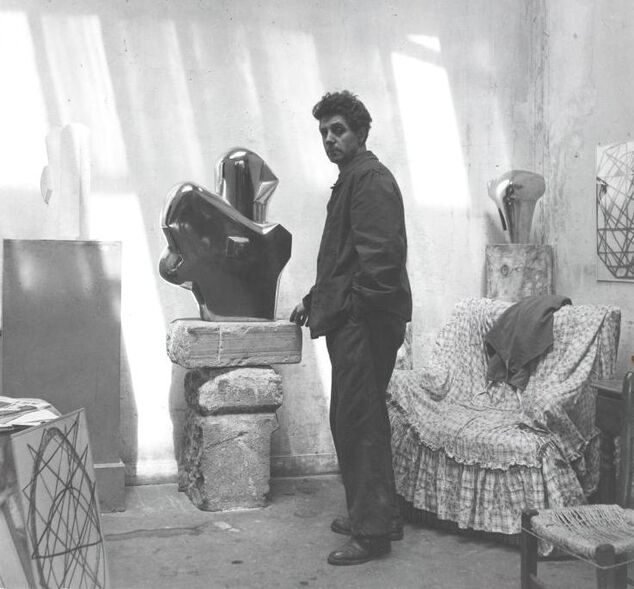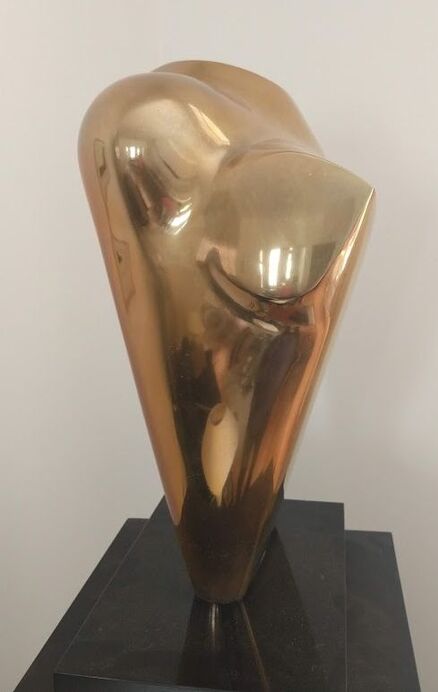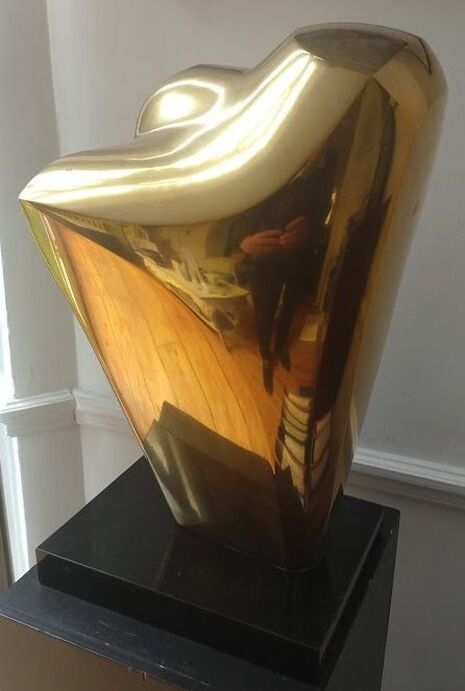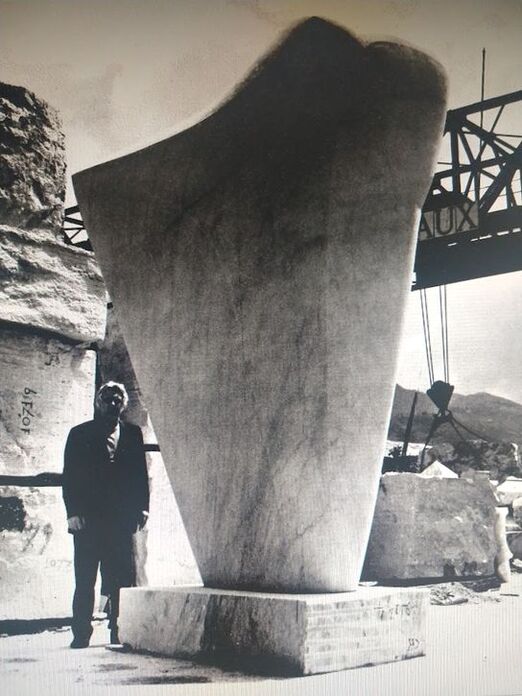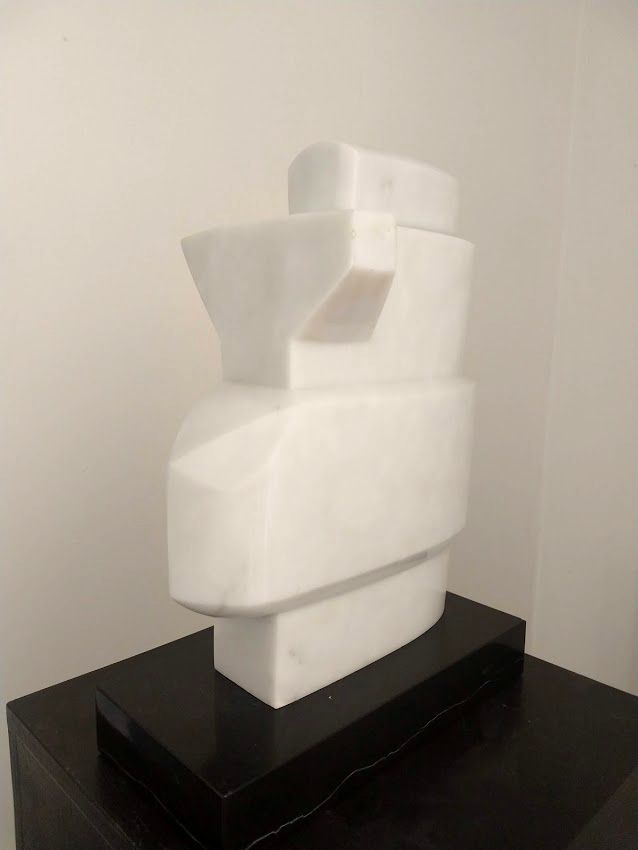EMILE GILIOLI
French abstract sculptor
Emile Gilioli (Paris 1911 - 1977)
National Resistance Monument 1973, Glières (Savoie), France
The artist in his workshop, ca 1955
Copyright Willy Maywald
Copyright Willy Maywald
"Sculpture Monolithe" 1968-1970
Polished bronze, no 2/5, 44 x 25 x 20 cm
Acquired at Galerie Veranneman, Brussels
Sold
Polished bronze, no 2/5, 44 x 25 x 20 cm
Acquired at Galerie Veranneman, Brussels
Sold
The artist and his white Seravezza marble monolith sculpture, 1970
Installed at the stamp printing company in Périgueux, Dordogne
Installed at the stamp printing company in Périgueux, Dordogne
"L'Espagnol" 1963, marble, 29 x 24 x 6 cm
Project for a monumental sculpture in Quimper, Bretagne
Sold
Project for a monumental sculpture in Quimper, Bretagne
Sold

